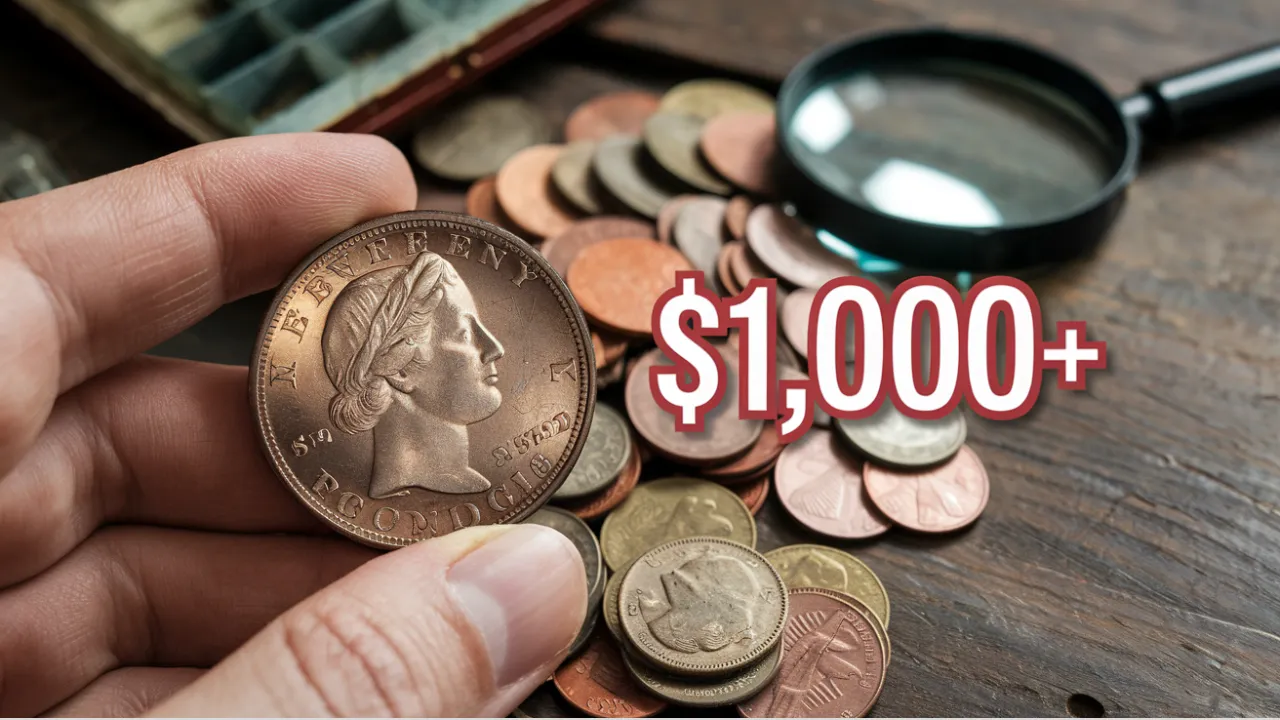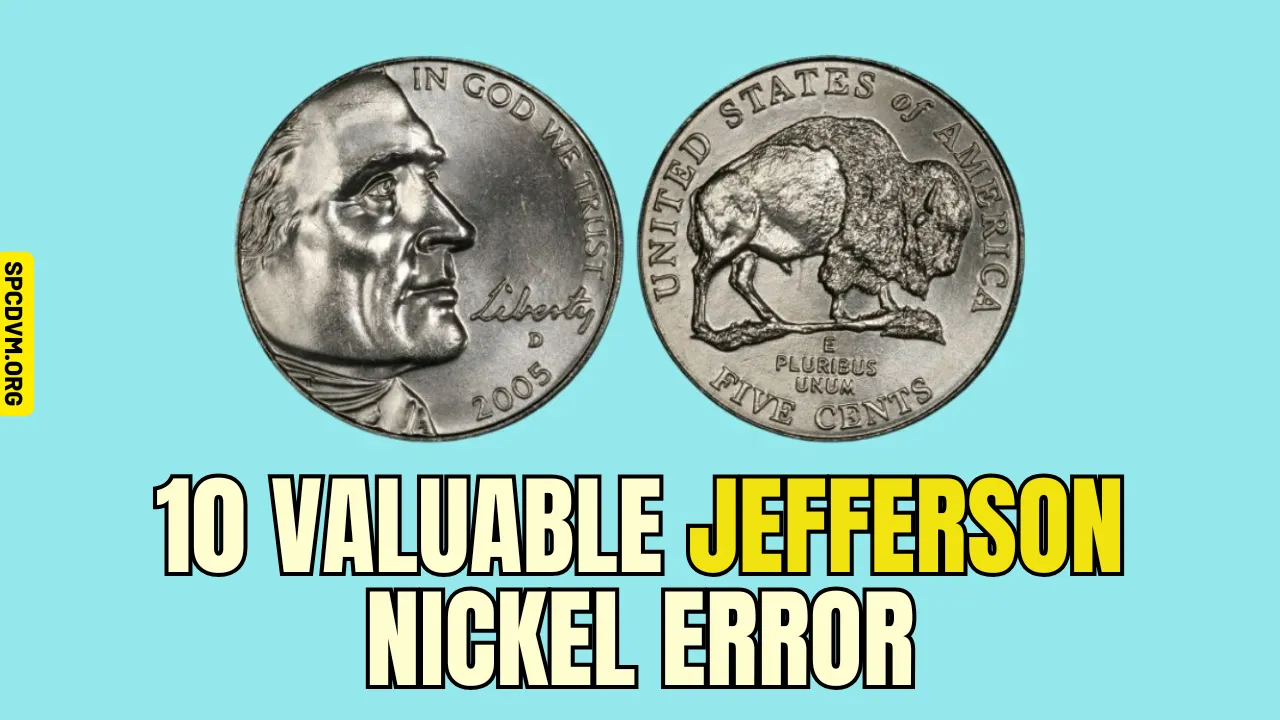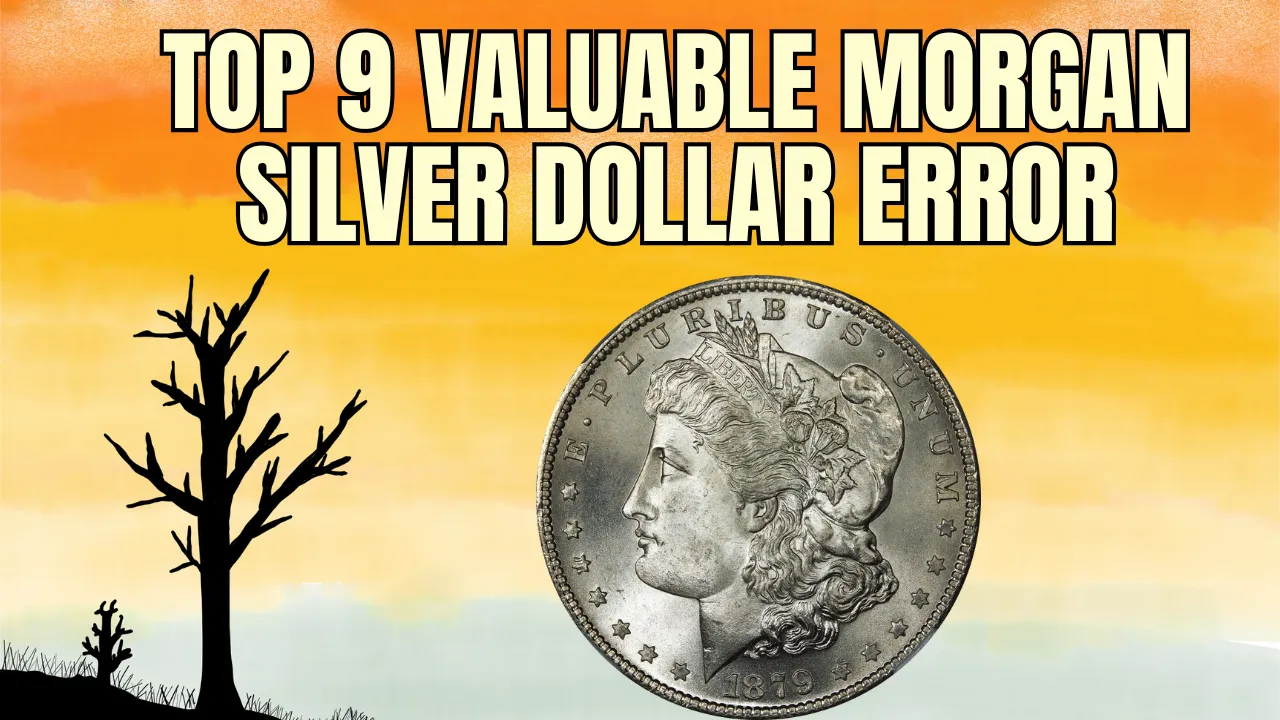If you’ve ever come across an old coin with two stalks of wheat on the back, you might just be holding something far more valuable than a single cent. These classic coins, known as wheat pennies, are not only cherished by collectors but can also be worth thousands depending on their rarity and condition.
So, why are some wheat pennies so valuable? In this article, we’ll dive into what makes these coins special, explore key facts about their history, and reveal why a few lucky finds have sold for jaw-dropping amounts.
Quick Overview of Wheat Pennies
| Feature | Details |
| Production Years | 1909 to 1958 |
| Front Design | Abraham Lincoln’s portrait |
| Back Design | Two wheat stalks curving along the edges |
| Designer | Victor David Brenner |
| Material | Mostly copper, steel used temporarily in 1943 |
| Special Rare Editions | 1909-S VDB, 1943 bronze penny, 1944 steel penny |
| Highest Sale Price | $840,000 for a 1943-D bronze penny |
| Value Factors | Year, mint mark, metal type, grade, rarity |
| Common Value Range | From a few cents up to thousands depending on condition and rarity |
The History Behind Wheat Pennies
Wheat pennies made their debut in 1909, marking the 100th birthday of Abraham Lincoln. It was the first time a real person appeared on a U.S. coin. The reverse design showed two graceful wheat stalks arching along the sides, symbolizing American agriculture. These pennies were minted until 1958, after which the design shifted to display the Lincoln Memorial.
The original designer, Victor David Brenner, left his initials VDB on the coins’ reverse side. However, due to public backlash about the prominence of his initials, they were removed in the same year, only to return discreetly in 1918 under Lincoln’s shoulder.
Why Are Wheat Pennies Valuable?
While many wheat pennies are worth just a little more than face value, certain versions can fetch thousands of dollars at auctions. Here’s what makes some of these coins highly sought after:
1. Rare Mint Years and Marks
Certain years had limited production runs, making those coins scarce. For instance, the 1909-S VDB wheat penny, minted in San Francisco, is considered a collector’s dream due to its low mintage and the presence of Brenner’s initials.
2. Material Anomalies
In 1943, the U.S. Mint switched to zinc-coated steel pennies to conserve copper for World War II efforts. However, a few bronze pennies were mistakenly produced, making them extremely rare. These bronze 1943 wheat pennies are now worth a fortune.
Similarly, in 1944, production shifted back to copper, but a few steel coins were accidentally struck. These 1944 steel wheat pennies are among the rarest and most valuable.
3. Condition and Grading
Coins that have been kept in pristine, uncirculated condition are far more valuable than those showing signs of wear. Professional grading services rate coins on their condition, and a high-grade wheat penny can multiply in value dramatically.
Famous High-Value Wheat Pennies
Over the years, several wheat pennies have gained legendary status among collectors. Here are a few standout examples:
- 1909-S VDB Penny: Minted in San Francisco with Brenner’s initials, these coins are highly prized. Depending on their condition, they can sell from $700 up to $3,000 or more.
- 1943-D Bronze Penny: One of the rarest finds, this penny was accidentally struck in bronze instead of steel. In 2021, one sold for an incredible $840,000.
- 1944 Steel Penny: Another production anomaly, these steel coins from 1944 are incredibly scarce and have sold for over $160,000.
- Highly Graded 1909 Series Pennies: An uncirculated wheat penny from this first year of production, when well-preserved, has fetched up to $99,000 at auction.
How to Spot a Valuable Wheat Penny
Wondering if your collection holds one of these rare gems? Here’s a simple checklist to guide you:
Key Years and Mint Marks to Look For:
- 1909-S VDB
- 1914-D
- 1922 (No D Mint Mark)
- 1931-S
- 1943 Bronze Penny
- 1944 Steel Penny
Quick Tips:
- Look for mint marks (“S” for San Francisco, “D” for Denver) below the date.
- Test 1943 and 1944 pennies with a magnet—steel coins will stick.
- Examine condition—sharper details mean higher value.
- Consider having rare finds professionally graded for maximum sale potential.
Why Some Wheat Pennies Sell for Thousands
A few factors combine to push the value of certain wheat pennies into the thousands:
- Scarcity: Fewer coins minted or accidental production errors make these coins rare.
- Condition: High-quality, uncirculated coins are far more valuable.
- Demand: Coin collectors are always searching for unique or hard-to-find pieces.
- Historical Importance: Coins connected to significant moments in history often fetch higher prices.
Even though millions of wheat pennies were produced, only a handful meet all these criteria, making them worth such high amounts.
FAQs About Wheat Pennies
1. What are wheat pennies made of?
Mostly copper, but in 1943, steel was used due to wartime shortages.
2. How can I tell if my wheat penny is rare?
Check the year, mint mark, condition, and whether the metal is steel or bronze.
3. Are all wheat pennies valuable?
No, most are worth a few cents or dollars, but specific rare ones can be worth thousands.
4. Where should I sell valuable wheat pennies?
It’s best to consult professional coin dealers, reputable auction houses, or grading services.
5. Should I clean my wheat pennies?
No. Cleaning can reduce their value. Collectors prefer coins in their natural condition.
Final Thought
Wheat pennies aren’t just old coins—they’re little pieces of history that might be worth far more than their face value. Whether you’re a seasoned collector or someone who stumbled upon a jar of old pennies, it’s worth taking a closer look. You could be holding a rare treasure without even realizing it.
Have any interesting finds in your collection? Share your story in the comments! And don’t forget to explore more about rare coins and collectibles—you never know what hidden gems you might uncover next!

















